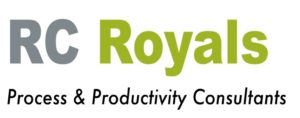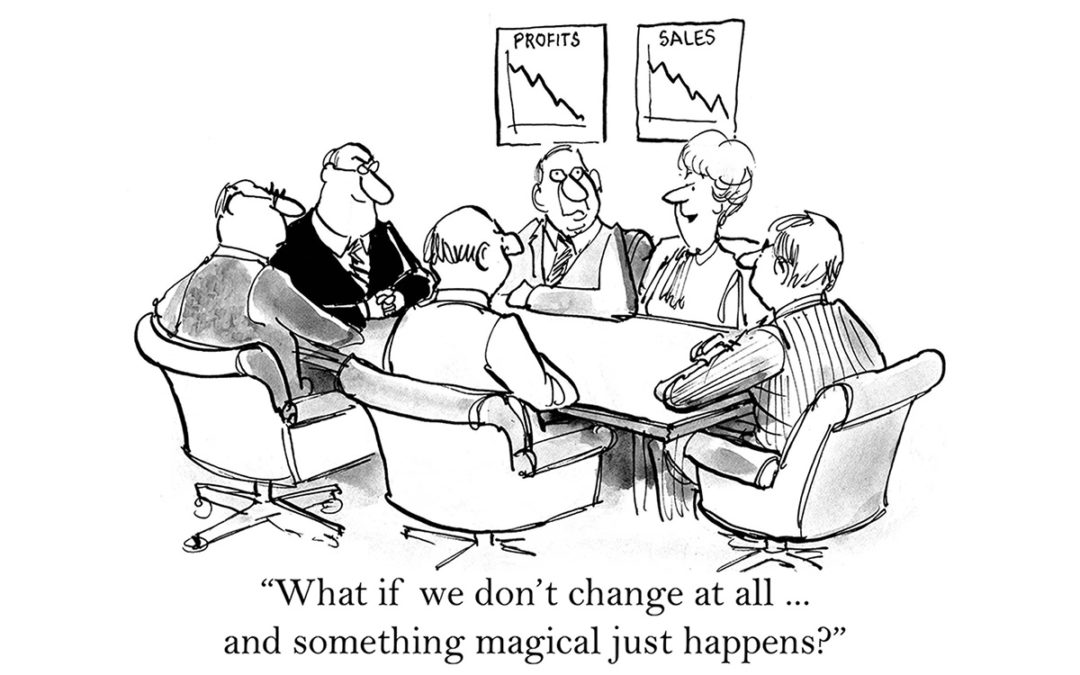Robin Royals, President, RC Royals & Associates, LLC
Image credit: Investopedia, Will Kenton, Updated 11/23/20
Are you tired of fixing the same problems? Just when you claim victory, the identical problem recurs. If so, maybe you are experiencing the 2021 Hawthorne Effect.
The Hawthorne Effect1 is the inclination of people who are the subjects of an experimental study to change or improve their behavior only because it is being studied. In other words, people only improve their performance if they are being watched. The effect gets its name from a famous industrial history experiment at the Western Electric factory in the Hawthorne suburb of Chicago in the late 1920’s and early 1930’s.
Don’t be fooled by what appears to be operational improvements when you are unsure what caused the positive results.
Don, a small business owner, was extremely frustrated with the collections of the outstanding accounts receivable. He decided to hold a weekly meeting with the collection team to gauge their progress towards improving the collection results. Don was convinced he would achieve the desired results by focusing and applying pressure to the employees. He assumed he had a people problem. After two months of weekly meetings, he saw dramatic improvement in collections. He thought he was being a good manager. What he failed to understand was the real reason behind the improved collection results.
His employees did not want to disappoint the boss, so they neglected all of their other duties and focused solely on collections. The collection process, including all of the steps from the daily collection call list to the final resolution of the past due balance with each customer, did not change. What changed was the amount of time the employees spent working on the process.
Satisfied with the improvement in his collection effort, Don decided to stop the weekly meetings and go back to business as usual. Within two weeks, the collection performance returned to its old levels.
Don’t Trust the Results Without These Three Components:
1. The Problem
Don mistakenly thought he understood the collection problem. He felt by bringing the problem in focus and challenging his employees; the outcome would improve. Don was no different from most managers- they can’t see a potential process issue because the easiest solution is to blame it on people. Without clearly understanding how a process works, it is impossible to improve. Don did get a short-term gain, but a longer-term solution required a more in-depth process understanding.
2. The Needed Change
By mapping out the process and measuring current performance levels he could determine if his employees’ performances were adequate and/or if the process was working better.
3. The Desired Result
Don needed to calculate the process’s capabilities (the standard) and how each employee performed against that standard. This is not to say that his baseline was an acceptable standard, but that desired results cannot be achieved without a good starting point.
Think about a weight loss program. The first step in the plan is to weigh the person, but the program’s real underlying success is understanding what is responsible for the weight issue versus just looking at the end result. The same is true in our example with Don.
Without these three components of a project, it is difficult to determine if you had a successful change or if resources were just shifted from one area to another. If you can’t determine your process and what actions were taken to achieve your results, you may be experiencing a 2021 version of the Hawthorne Effect.


With more than 30 years of experience, Robin acts as a COO working with executive leadership, listening to their ideas, and implementing necessary changes to enhance their profitability.

